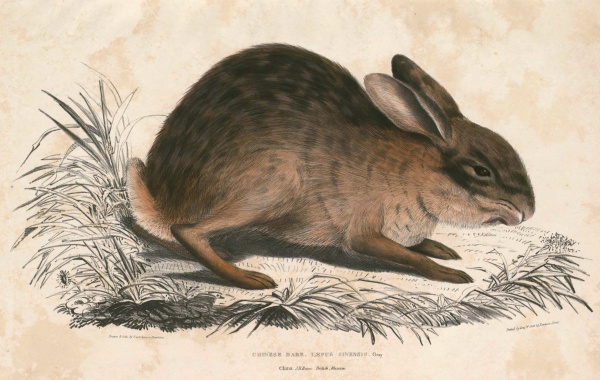Facts About Chinese hare
The Chinese hare, a member of the Leporidae family, is native to China, Taiwan, and Vietnam. First described by John Edward Gray in 1832, this species was once mistakenly conflated with the Korean hare. However, recent molecular studies have confirmed that they are indeed distinct species.
This small mammal typically measures between 40 and 76 centimeters in length and weighs around 1.25 to 1.94 kilograms. Its fur is short and coarse, featuring a chestnut-brown back and a whitish belly, with distinctive ear markings. The unique shape and details of its skull and teeth also help in its identification.
The Chinese hare can be found in various provinces across China, as well as in Taiwan and a small region in northeastern Vietnam. Its diet consists of grasses, green plants, buds, twigs, and bark. Primarily nocturnal, the Chinese hare exhibits a unique feeding habit that involves producing two types of feces. Unlike some other hares, it does not burrow; instead, it creates nests in the vegetation for its young, who are nursed for about three weeks.
According to the IUCN Red List of Threatened Species, the Chinese hare is classified as "Least Concern" due to its wide distribution. However, hunting is a threat in Vietnam, and the population trend in China remains uncertain.
